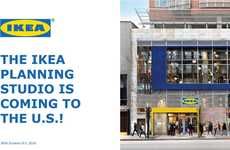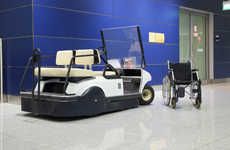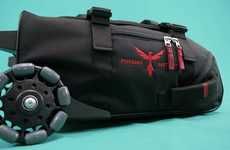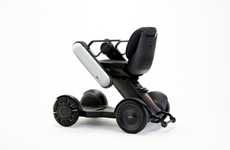



Brands spotlight inclusive use of their products and services
Trend - As a means to support inclusivity, brands are focusing their efforts toward showcasing how their products and services fully support and aid those who are not fully abled. Spotlighting ads and campaigns on real-world consumers that exhibit various disabilities like mobility constraints, these examples allow viewers to hear right from the source how these branded products allow for greater accessibility and inclusion overall. Such targeted marketing efforts spotlight brands and their continued effort to be more open and forthright with their commitment to areas like diversity and inclusivity.
Insight - Today, customer loyalty often comes with brands' willingness to uphold the social and political values they express. Because younger generations were raised during the rise of social media, they tend to be more open-minded and inclusive as they express and observe authentic expressions of identity online. Thus, brands that are able to embody values like inclusion and diversity are especially appealing to Millennials and Gen Z in North America.
Insight - Today, customer loyalty often comes with brands' willingness to uphold the social and political values they express. Because younger generations were raised during the rise of social media, they tend to be more open-minded and inclusive as they express and observe authentic expressions of identity online. Thus, brands that are able to embody values like inclusion and diversity are especially appealing to Millennials and Gen Z in North America.
Workshop Question - How can your brand better communicate a commitment to areas of inclusivity?
Trend Themes
1. Inclusive Marketing - As brands focus on showcasing their products' accessibility to people with disabilities, they boost inclusivity which can appeal to Millennial and Gen Z consumers who value diversity and open-mindedness.
2. Accessible Technology - An array of accessible technology caters to the needs of people with disabilities, such as Google's wheelchair-accessible routes on Google Maps and Jaguar's mobility door technology, improving their quality of life.
3. DIY Accessibility Hacks - IKEA's ThisAbles uses 3D printing for easy, DIY furniture modifications that can make daily life easier for people with disabilities who are often underserved by traditional furniture design.
Industry Implications
1. Technology - The increasingly accessible technology shows potential opportunities in the development and deployment of more inclusive and accessible products and services.
2. Marketing and Advertising - The trend towards inclusive marketing highlights the need for companies to embrace diversity and to communicate their social and political values to appeal to younger consumers.
3. Furniture and Interior Design - As furniture and interior design become more inclusive, they open up a market for accessible design solutions that cater to people with disabilities.
4 Featured, 36 Examples:
66,937 Total Clicks
Date Range:
Mar 18 — May 19
Trending:
Untested
Consumer Insight Topics:







































